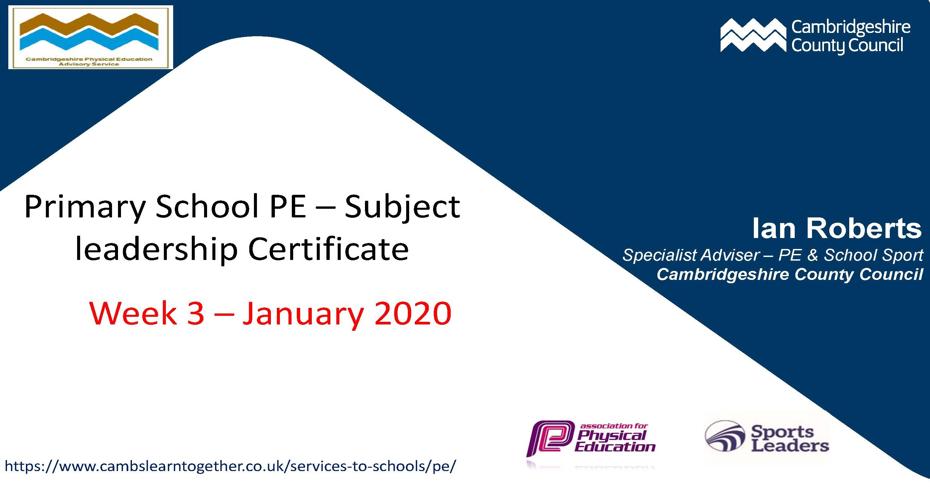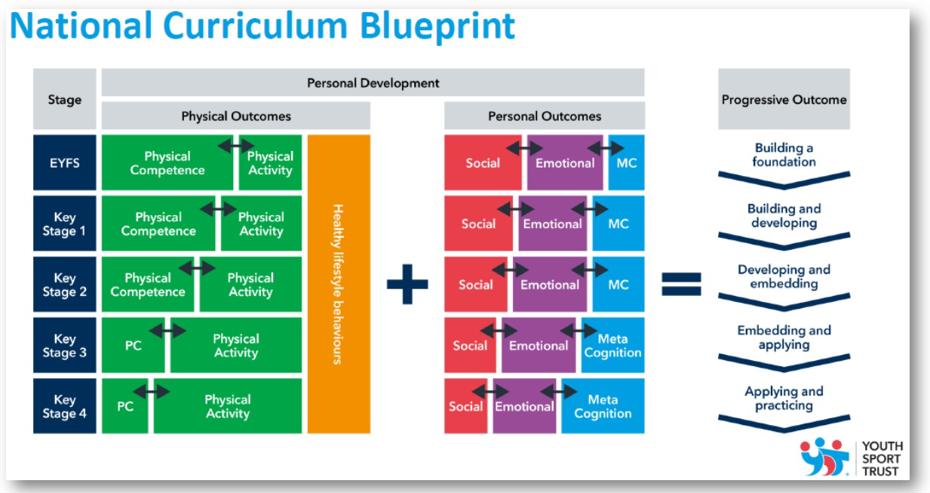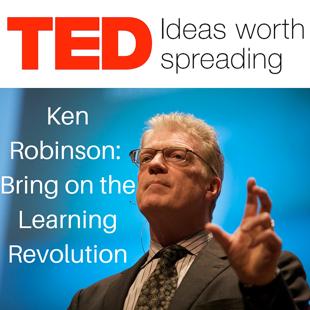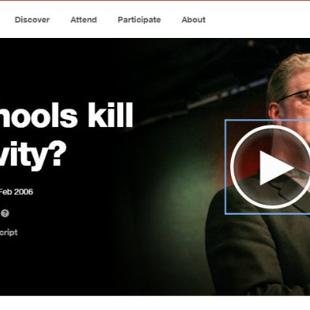
Developing an engaging curriculum
Understanding Range and Content
DEVELOPING AN ENGAGING CURRICULUM
One of the challenges of any school is to ensure that the curriculum that the children encounter is engaging and meaningful
We must however ensure that it fulfils any statutory obligations with regard to the National Curriculum
Questions that schools must consider:
- What is the purpose of a physical education curriculum with which you are familiar?
- Does the curriculum provide meaningful and inspiring learning experiences for all children and young people?
- To what extent are all children and young people challenged and supported to achieve their full potential in physical education?
Headline 1
Consider how the physical education curriculum can be constructed to help equip all children and young people with the necessary knowledge, skills and values to lead active lifestyles, a key aim of the National Curriculum for Physical Education (Department for Education [DfE], 2013).
Headline 2
Consider the importance of providing authentic, meaningful and high quality learning experiences in physical education through a broad and balanced curriculum offer, where all children and young people are supported and challenged to achieve their full potential.
Headline 3
Plan a physical education curriculum that is child-centred and focuses primarily on developing learning, rather than on teaching the activity content
REFLECTION TASKRe-visit the National Curriculum document from session 1. In your groups, bullet point as simply as possible what the aims and purposes are for the primary school PE curriculum |
Reflection ActivityWhat are the hallmarks of an outstanding PE curriculum?Question 1 What should KS1 look like? What should KS 2 look like? How can we ensure that children experience games, gymnastics and dance in KS1? How can we ensure that the six traditional NCPE area are embraced in KS2? How can we break Games down? Discuss how we can embed swimming, OAA and Athletics into the curriculum map? |

Planning and implementing a physical education curriculum
When planning a physical education curriculum, there are a number of questions that need to be considered. These include whether the curriculum reflects statutory requirements and how does whole school curriculum planning translate into coherent and progressive sequences of learning both within and between Key Stages?
The five key principles:
- Specific
- Pedagogy
- Assessment
- Content
- Extending
Specific
The first key principle is to ensure that the curriculum is specific to a particular school setting. There is a global intention that schools provide a broad and balanced curriculum, but how that is implemented varies from school to school, depending on a range of factors, some of which are related to pupils’ needs, and some around interpretation of guidance and the priorities of the school-based decision makers. Schools must plan and implement their curriculum provision to reflect their own unique context and circumstances.
Curriculum intent is about the plan, the emphasis being on how effectively we can provide a broad and balanced experience for all pupils.
We need to open rather than shut doors to future success
Reflective ActivityQuestions to ask yourself and actions to take
|
Reflective ActivityHave a look at the various curriculum maps and consider the following questions. Is there progression and continuity through the areas of activity between years and key stages? Is there balance and breadth? What are the strengths? What are the areas for development? |
Headlines
Consider the possible negative effects of the following issues identified in the examples of curriculum maps?
- The map is divided into 'PE' and 'Games' (i.e. individual AoA and categories of game are not identified).
- Activities are mapped in half-termly or termly blocks.
- Certain activities are always mapped at certain times of the year e.g. athletics is always mapped in summer term.
- Each lesson in the week is allocated to a different AoA.
- All AoA are experienced in every year of the key stage.
- Activities are mapped when facilities are known to be unavailable (for example, in the few weeks before Christmas when the hall is being used for rehearsals).
Pedagogy
The second key principle to consider when planning and implementing a physical education curriculum concerns pedagogy, which is often described simply as the act of teaching. In other words, how teachers teach the curriculum content to their pupils.
Reflective Activity
What are the considerations you make when planning a programme and how it will be taught?
- Do you plan a programme that you want to teach, or a programme that meets the needs of learners?
- Do you have activities and approaches because they have always been there?
- Does the programme build year on year throughout the key stage?
- Is the programme compliant with the statutory requirements of the national curriculum?
- Does the programme engage the students across a range of domains
Points to ponder
Metzler (2011) claims that historically when planning physical education curricula, the ‘organising centre’ has predominantly been activity content, which then becomes the key factor in determining how to teach. Typically, this has resulted in teachers concentrating on the development of their pupils’ technical skills in different activity areas, such as athletics, games and gymnastics, over short units of learning.
Despite concerns that this multi-activity approach allows insufficient time for pupils to develop their knowledge and skills, especially in the context of achieving health-related outcomes (Armour & Harris, 2013; Kirk, 2010), the approach remains dominant in physical education circles.
Assessment
The third key principle when planning physical education curricula is around the area of assessment Session 2). There is much debate around what constitutes effective assessment practice in physical education, but essentially it should help all children and young people ‘to become competent, confident, creative and reflective movers’.
When reflecting on assessment practice, a number of key questions to consider include whether it matches the purpose of physical education, is embedded throughout the curriculum and the way in which it reveals learning. More specifically, if we propose that developing physical literacy is our main goal as physical educators, then it is important to plan clear learning intentions, or outcomes, linked to the National Curriculum for Physical Education and create developmentally appropriate and sequenced learning activities which will support our learners to achieve this goal.
The primary function of AfL is to improve, rather than merely prove, learning. Consequently, AfL should be embedded in every day practice to both continuously inform teaching and to improve pupil learning.
Involving pupils in the assessment process is essential for them to gain a sense of ownership over their learning and also for developing their understanding of concepts



